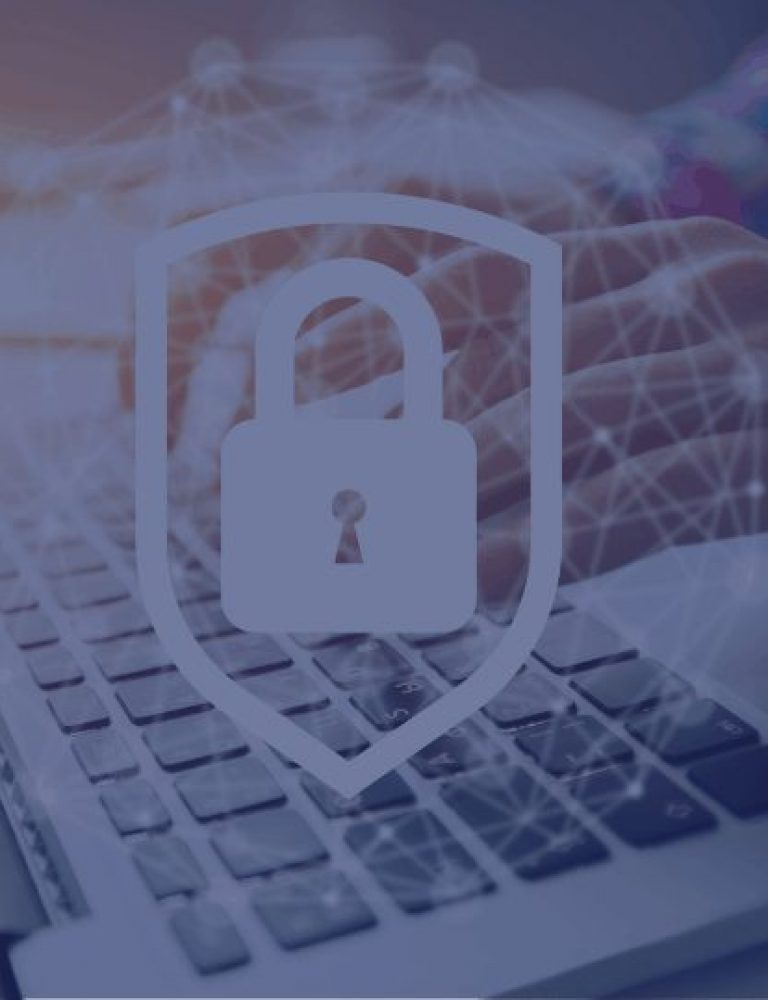

- Joanna Matlak-Oczko
Challenges related to cybersecurity in public administration
Find out more
Public administration is undergoing a dynamic digital transformation, resulting in increased organizational efficiency. There are growing demands and expectations from citizens regarding access to modern public services. To effectively meet these needs, it is necessary to build integrated services for businesses and citizens. Digitization reduces costs and improves the quality of handling official matters through fundamental benefits such as high availability, automation, and increased security levels.

Implementing new technological solutions based on cloud computing requires a balanced approach – adjusting laws to existing regulations, ensuring adequately trained personnel, and increasing public awareness to develop skills and trust in utilizing digital solutions across all social groups. Thanks to digital technologies, it is possible to collect, process, and analyze vast amounts of data in real-time, as well as integrate them later. This process is significant because it allows for a comprehensive understanding of a given situation and enables better and more informed decision-making.
Does digitization go hand in hand with security?
The efficient execution of an increasing number of tasks faced by the administration is closely related to the necessity of utilizing modern technologies. Institutions carrying out public tasks rely on a variety of different teleinformatics systems. Information concerning the functioning of the state and its citizens is collected, processed, transmitted, and deleted in numerous systems, administered by state authorities. To ensure an appropriate level of security for these processes and data, it is necessary to take action in response to the increasingly frequent threats associated with cybercrimes committed using digital tools and methods that have a growing reach. Moreover, sectors critical to the state, such as transportation, energy, healthcare, and finance, are becoming increasingly reliant on digital technologies in their core operations. While digitization presents enormous possibilities, offers numerous improvements, and aids in problem-solving (as exemplified by the COVID-19 pandemic), it also exposes the economy, administration, and society to cyber threats. Nevertheless, digitization is undeniably a key factor influencing the development of the economy, administration, and the entire society.
A realistic vision of threats related to cybercrime
Cyber-attacks are becoming increasingly common, and according to experts’ predictions, this trend is expected to intensify in the future. According to forecasts, by 2025, approximately 41 billion devices worldwide will be connected to the Internet, creating opportunities for heightened activities by cybercriminals.
Public administration, just like commercial entities, needs to meet the requirements of accelerated digitization in key aspects, such as:
- maintaining operational continuity of public institutions,
- speed and reliability of operations, which entails the need for efficient control and traffic distribution across all network layers,
- reorganizing security priorities in terms of protecting e-services available online.
In relation to the above aspects, the following actions are crucial:
- improving the security of resources maintained in data centers,
- ensuring business continuity plans and implementing a system related to risk assessment and specific security incidents,
- increasing user protection,
- implementing multi-factor authentication and authorization processes,
- safeguarding the organization against potential data breaches,
- enhancing monitoring and control of network traffic,
- utilizing IT infrastructure monitoring tools such as SOC (Security Operations Centers) based on modern technologies and security procedures.
Initiatives aimed at protecting against growing cyber threats
Strengthening the national cybersecurity system in line with the European Union’s policy has been included as a priority in Priority II of the European Funds Program for Digital Development 2021-2027. The main tasks associated with this include:
- stimulating the development of innovative solutions in the field of cybersecurity, applicable in key sectors of the economy and social life,
- building, developing, and implementing tools for monitoring security, collecting, analyzing, and exchanging information about threats, vulnerabilities, and incidents, including advanced threat intelligence capabilities in cyberspace,
- establishing and developing a national cybersecurity certification system for products, services, and processes, as well as supporting the development of laboratories and certification bodies,
- creating sectoral or subsectoral Information Sharing and Analysis Centers (ISACs) and providing funding for ISAC integration into the teleinformatics system aimed at information exchange among entities within the national cybersecurity system.
Strengthening trust in digital solutions
Decisive actions for cybersecurity that build an open and secure cyberspace can increase citizens’ trust in digital tools and services. Informing citizens about threats, protection methods, and actions to take in the event of an incident is crucial for building trust in digital tools and services. Educational campaigns, workshops, and other initiatives can contribute to raising awareness of safe usage of digital technologies. Strengthening the national data protection system requires targeted investments, including enhancing resilience and the ability to effectively prevent and respond to incidents in systems critical to the economy. It is important to consider the constantly increasing number of increasingly complex cyber-attacks that can undermine the functioning of the aforementioned information systems and disrupt the efficiency and continuity of operation of public sector institutions.